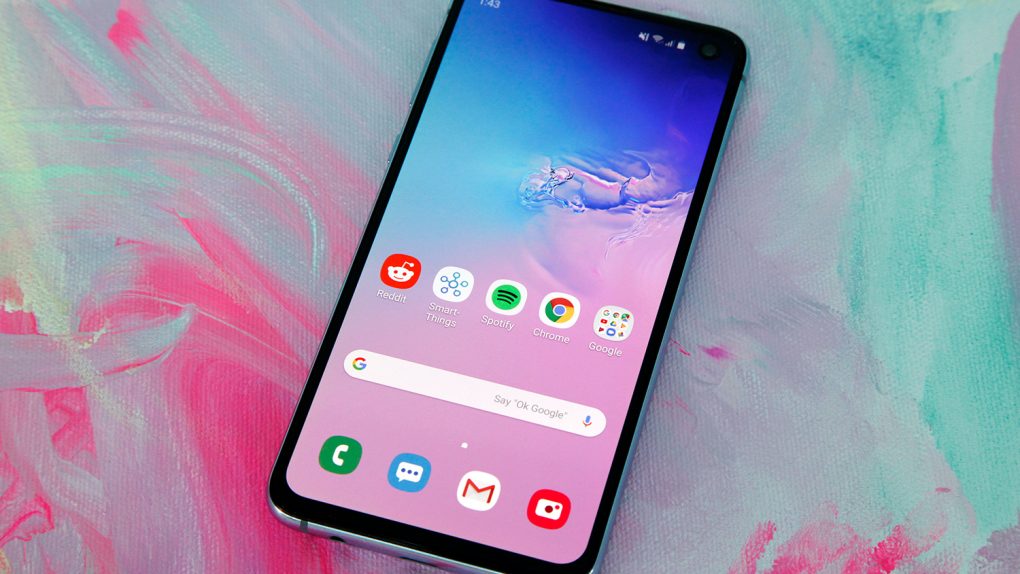After failing to generate much excitement with the launch of the Galaxy S9 last year, Samsung put all its eggs in the Galaxy S10 basket, cooking up an all-new design with a triple-lens camera, Infinity-O display, and a built-in fingerprint sensor. It was more than just a blowout for the tenth anniversary of the company’s Galaxy brand — it was a look into the future of smartphones. But would it be enough to galvanize a market in decline?
We won’t know the answer to that question for quite some time, but the early returns appear promising. According to The Korea Herald, industry sources believe that Samsung is on track to ship 10 million S10 phones the first quarter of the year, with another 10 million shipments expected for the April quarter.
To put those numbers into perspective, Samsung sold 19.2 million Galaxy S9 series phones in the first half of 2018, and around 35 million for the entire year. If the S10 series continues along its current trend line, total shipments could reach 40 million by the end of 2019, which would be a noteworthy achievement considering the smartphone market is currently in the midst of a skid. In other words, a relative success, but not exactly an outright triumph.
“Considering that the smartphone market is undergoing a slump, the Galaxy S10 is faring well,” one industry official told the Korea Herald. “However, it is unavoidable that demand will slow in the second half.”
Whether Samsung is able to ship 40 million S10 series phones in 2019, or just 35 or 38 million, as others in the parts industry suspect, it doesn’t look like there’s any way the S10 will break Samsung’s mobile sales record. That record still stands at 48.7 million shipments in 2016, when the Galaxy S7 and S7 edge arrived.







